Pyramid of Cestius
The only "Egyptian" pyramid in Europe and the legendary tomb of Remus.
Egyptomania gripped Rome in the wake of the conquest of Egypt in 30 BC. Both massive original artifacts and inspired copies cropped up all over the city, but only two actual pyramids were known to have been built, and only one remains.
The Pyramid of Cestius was most likely built between 18 and 12 BC. The 36 meter (about 120 feet) high pyramid was built as a tomb for a wealthy Roman under the sway of all things Egyptian. Little is known about the man who may have once been buried here, since the tomb was long ago ransacked and the land around it has changed dramatically over the centuries. Now at the edge of a busy traffic intersection near a major train stop, originally the pyramid was well outside of the center of the city, surrounded by stately columns and two bronze figures (now in the Musei Capitolini).
The pyramid rises at a much sharper angle than the famous pyramids in Egypt. This may have been due to incorrect information on the Egyptian front, innovation on the part of the Roman builders who, using concrete as a building material, were able to more steeply, or they may have been inspired by the steeper Nubian pyramids near Jebel Barkal, now in Sudan. In any event, the unusual proportions of this pyramid close to home has been credited as the source of oddly proportioned pyramids in European art supposedly depicting the Egyptian originals.
During this craze for all things Egyptian the famous obelisks began to appear in the city. Two of them dating from this period still stand - one in the Piazza del Popolo, and the second in the Piazza di Montecitorio (though neither one stands in its original location). In addition to obelisks and other Egyptian imports there was actually another, larger pyramid in Rome, known as the “Pyramid of Romulus” near the Castel Sant’Angelo. This pyramid did not survive the building crazes of later generations, and its marble was used in the building of the stairs at St. Peter’s Basilica.
The Pyramid of Cestius is constructed of brick and cement, covered in white marble. Originally the interior of his tomb was decorated with lively frescoes, described in detail by early travelers, but now mostly gone. Between 271 and 275 it was built into the fortifications of the Aurelian walls, which likely helped it survive the centuries.
The inscription on the southeast side of the pyramid reads: “Gaius Cestius Epulo, son of Lucius, of the Poblilian district, praetor, tribune of the people, official of the public banquets. According to his will, this work was completed in three hundred and thirty days; it was executed by his heirs L. Pontus Mela, son of Publius, of the Claudian district, and his freedman Pothus”
By the middle ages, stories about the two pyramids named them as the tombs of the legendary founders of Rome, Romulus and Remus. The actual tomb and inscriptions were not (re)discovered until tunnel builders found it in the 1600s. It was restored first in the 1600s, later in 1999, and again in 2015. It is the only pyramid of its kind in Europe. Today the tomb can only be accessed by special permission.
For a view of the pyramid with less traffic, go inside the Aurelian walls to the Protestant Cemetery to the northwest side.
Know Before You Go
Near the Porta San Paolo at the Piramide subway station
Community Contributors
Added by
Edited by
Plan Your Trip
The Atlas Obscura Podcast is Back!





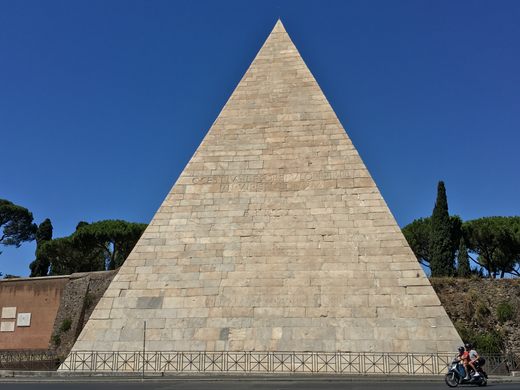
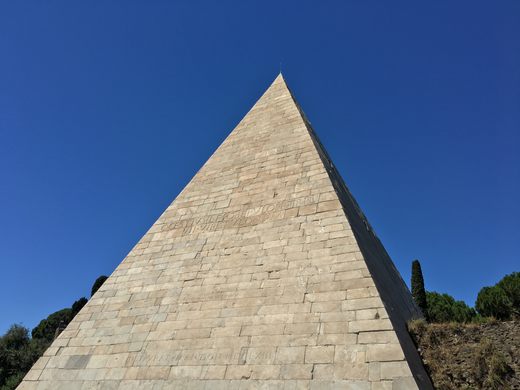
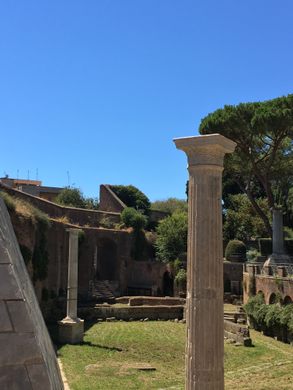
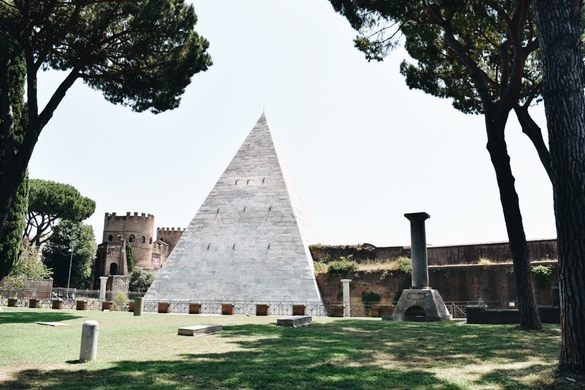


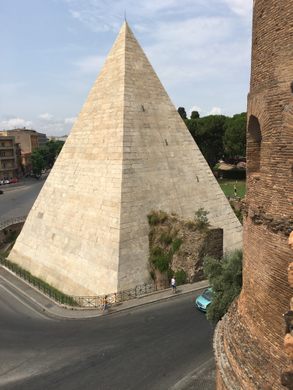



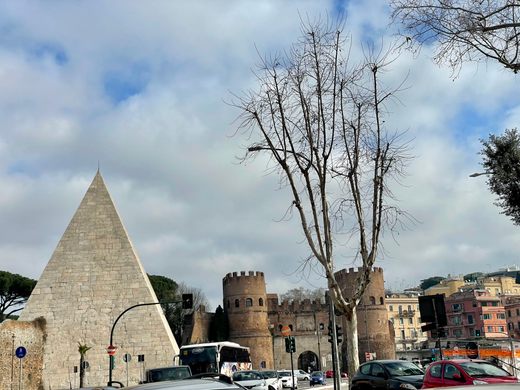

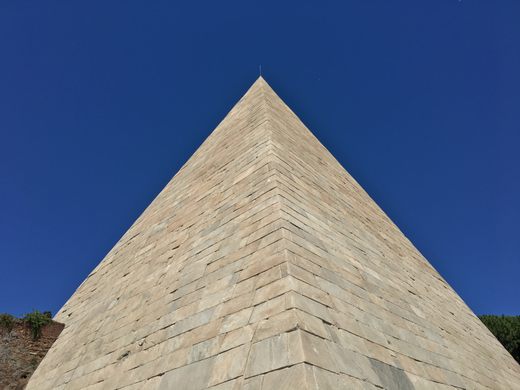
















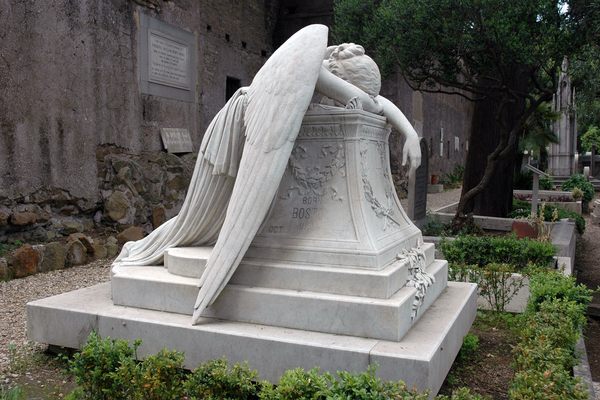

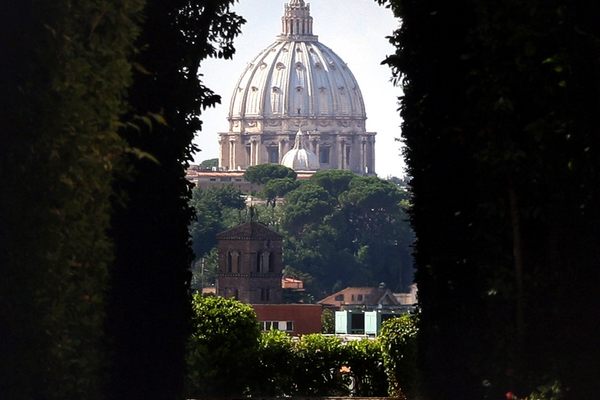
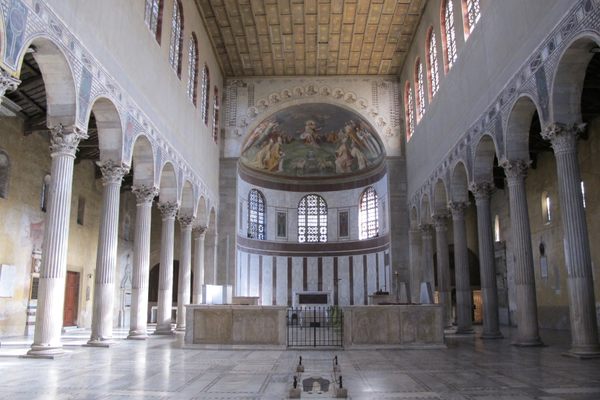





Follow us on Twitter to get the latest on the world's hidden wonders.
Like us on Facebook to get the latest on the world's hidden wonders.
Follow us on Twitter Like us on Facebook